UNESCO 2015: The good, the bad and the bubbly
As UNESCO concludes its annual meeting in Bonn, Germany, we highlight the best new sites and shame some of the worst.
Champagne, France
Grab a flute and pour some bubbly: the rolling vineyards and historic production houses of Champagne, France have finally made the World Heritage Site list, the first specialised artisan activity to receive the recognition.
The Hautvillers vineyards have been highlighted as the birthplace of fizz, with the hillsides of Aÿ and Mareuil-sur-Aÿ included as well. French painkiller sales can expect a further boost as a handful of vineyards in Burgundy, including the slopes of the Côte de Nuits and the Côte de Beaune, have also made their way onto the World Heritage Site list.
 Break out the bubbly, Champagne has made the Heritage List
Break out the bubbly, Champagne has made the Heritage ListartJazz / Thinkstock
Great Burkhan Khaldun Mountain, Mongolia
It may be home to several endangered plant and animal species, but the revered region around the Great Burkhan Khaldun Mountain is where the founder of the Mongol Empire, Genghis Khan, was both born and buried (or so it’s believed).
New to the World Heritage Site list, the sweeping steppes and dense forests of Northeast Mongolia is credited with establishing nationhood among the Mongol Empire and features a number of sacred temples and spiritual relics reflecting shamanic and Buddhist influence.
 Genghis Khan is buried by the Great Burkhan Khaldun Mountain
Genghis Khan is buried by the Great Burkhan Khaldun Mountaincomabeco / Thinkstock
Rock art in Hail, Saudi Arabia
Here’s a cheery statistic. According to the Islamic Heritage Research Foundation, since 1985 approximately 98% of Saudi Arabia’s historic and religious sites have been destroyed. Even Mecca, the Holy City of Islam, has fallen victim to the wrecking ball, as the authorities make way for luxury hotels and shopping malls. Nothing, it seem, is sacred.
So it was heartening to hear this week that ancient rock art in Jubbah and Shuwaymis was inscribed on UNESCO’s list of World Heritage Sites. Drawn by pastoralists some 10,000 years ago, the Neolithic petroglyphs adorn rocks in the desert just outside the city of Hail.
 Some of Saudi Arabia's remaining rock art has been honoured
Some of Saudi Arabia's remaining rock art has been honouredCreative Commons / Retlaw Snellac Photography
Blue and John Crow Mountains, Jamaica
The Jamaicans don’t need an excuse to party, but glasses of Red Stripe were raised more enthusiastically than normal this week as the country celebrated its first UNESCO World Heritage Site.
Covering nearly one fifth of the Caribbean island, the Blue and John Crow Mountains are a hotbed of biodiversity (residents include the endangered Jamaican boa, Jamaican blackbird and giant swallowtail butterfly), and were once home to escaped African slaves, who came here to seek refuge from European colonialists. Living off the land, they established settlements and spiritual connections with the mountains.
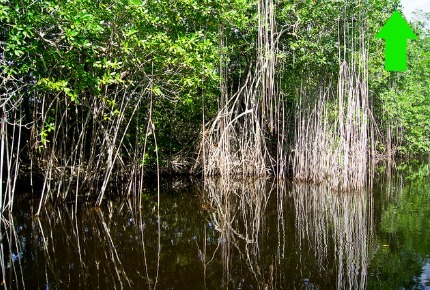 Blue and John Crow Mountains are a hotbed of biodiversity
Blue and John Crow Mountains are a hotbed of biodiversityCreative Commons / Evo Flash
Timbuktu mausoleums, Mali
When Islamist group, Ansar Dine, razed the Timbuktu mausoleums using pickaxes in 2012, it seemed as if Mali had lost the World Heritage Site forever. However, three years on, and the pilgrimage site has been resurrected.
UNESCO and local craftsmen have reconstructed 14 of the 16 mausoleums using traditional techniques, and the project is now aiming to restore the city’s renowned manuscripts, many of which were damaged during the attacks.
"At a time when heritage is coming under attack by armed groups, the reconstruction of the mausoleums of Timbuktu gives us grounds for optimism," said UNSECO’s Maria Böhmer.
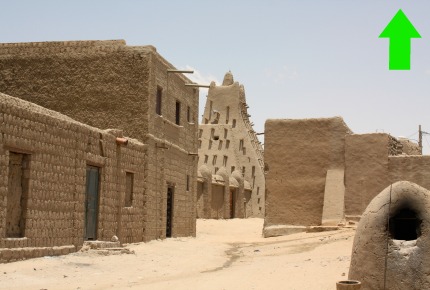 UNESCO has helped rebuild the Timbuktu mausoleums
UNESCO has helped rebuild the Timbuktu mausoleumsAfricanway / Thinkstock
The Great Barrier Reef, Australia
It’s one of the world’s greatest natural assets – and one of Australia’s biggest attractions – but the Great Barrier Reef is under significant stress. Scientists estimate that the 2,600km (1,615 mile) reef has lost up to half of its coral in the last few decades, thanks to rampant coastal development, shipping and climate change.
Though UNESCO spared Australia any embarrassment this week by leaving the reef off its danger list, the country’s government, which is responsible for a litany of environmentally unfriendly policies, must implement strict conservation measures if it’s to stay off.
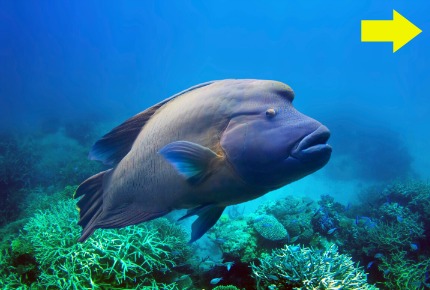 Great Barrier Reef tourism is worth around A$6.4 billion a year
Great Barrier Reef tourism is worth around A$6.4 billion a yearTanya Puntti / Thinkstock
Venice and its lagoon, Italy
UNESCO must have had that sinking feeling when complaints began flooding in about plans to dredge a channel through the Laguna Venita in Venice. The work, which would allow cruise ships to enter the city, could potentially cause irreversible harm as well.
Increased erosion of the lagoon beds, mud banks and salt marshes are among the issues Venice will have to resolve before a UNESCO monitoring mission publishes its full findings by the end of 2015. A decision will be made about adding Venice to the list of sites in danger next summer.
 Dredging could put Venice on the UNESCO Danger List
Dredging could put Venice on the UNESCO Danger Listdelray77 / Thinkstock
Hashima Island, Japan
Of the 11 Japanese sites added to the World Heritage Site list, the most familiar will be Hashima Island, which featured in the James Bond film Skyfall. The newly inscribed properties include shipyards, coalmines, and iron and steel works, which show how Japan embraced the rapid industrialisation of the West.
However, their inclusion was denounced by South Korea because the sites were run using forced Korean labour in the 1940s. A compromise has been reached where information centres will explain the plight Korean labourers at each of the sites, but the new additions still jar with the UNESCO ethos somewhat.
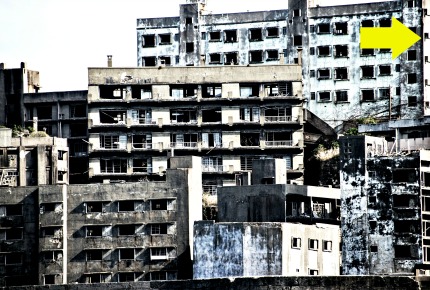 Japan's Meiji Industrial Revolution have run into trouble
Japan's Meiji Industrial Revolution have run into troubleCreative Commons / ajari
The Old City of Sana’a, Yemen
As Yemen slips deeper into civil war, the architectural splendour of its glorious cities risks being lost forever. Last month, airstrikes on the capital Sana’a reduced vast swathes of the old city to rubble, forcing UNESCO to add it to its danger list.
A working city for more than 2,500 years, Sana’a has a unique architectural style characterised by tall (and slightly wonky) buildings that are adorned with geometric patterns. Sadly, the ancient city of Shibam, another Yemeni treasure, has also slipped onto the danger list since the conflict began.
 Airstrikes have turned some of Sana’a to rubble
Airstrikes have turned some of Sana’a to rubbleDmitry Chulov / Thinkstock
Hatra, Iraq
It may have weathered Roman invasions in 116 and 198 AD, but only time will tell if Hatra in Iraq can survive the onslaught of so-called Islamic State (IS) militants with sledgehammers.
After terrorists bulldozed the fortress in March and smashed ancient artefacts in April, Hatra was added to the UNESCO danger list to highlight the plight of what is thought to be the original capital of the first Arab Kingdom. The city joins two other Iraqi sites on the danger list, Ashur and Samara.
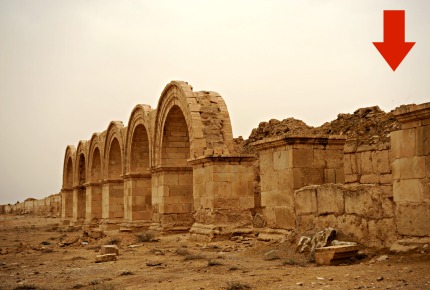 Hatra joins two other Iraqi sites on the UNESCO Danger List
Hatra joins two other Iraqi sites on the UNESCO Danger ListWikimedia / Aronzakcommons
Do you have any Feedback about this page?
© 2026 Columbus Travel Media Ltd. All rights reserved. No part of this site may be reproduced without our written permission, click here for information on Columbus Content Solutions.









 You know where
You know where